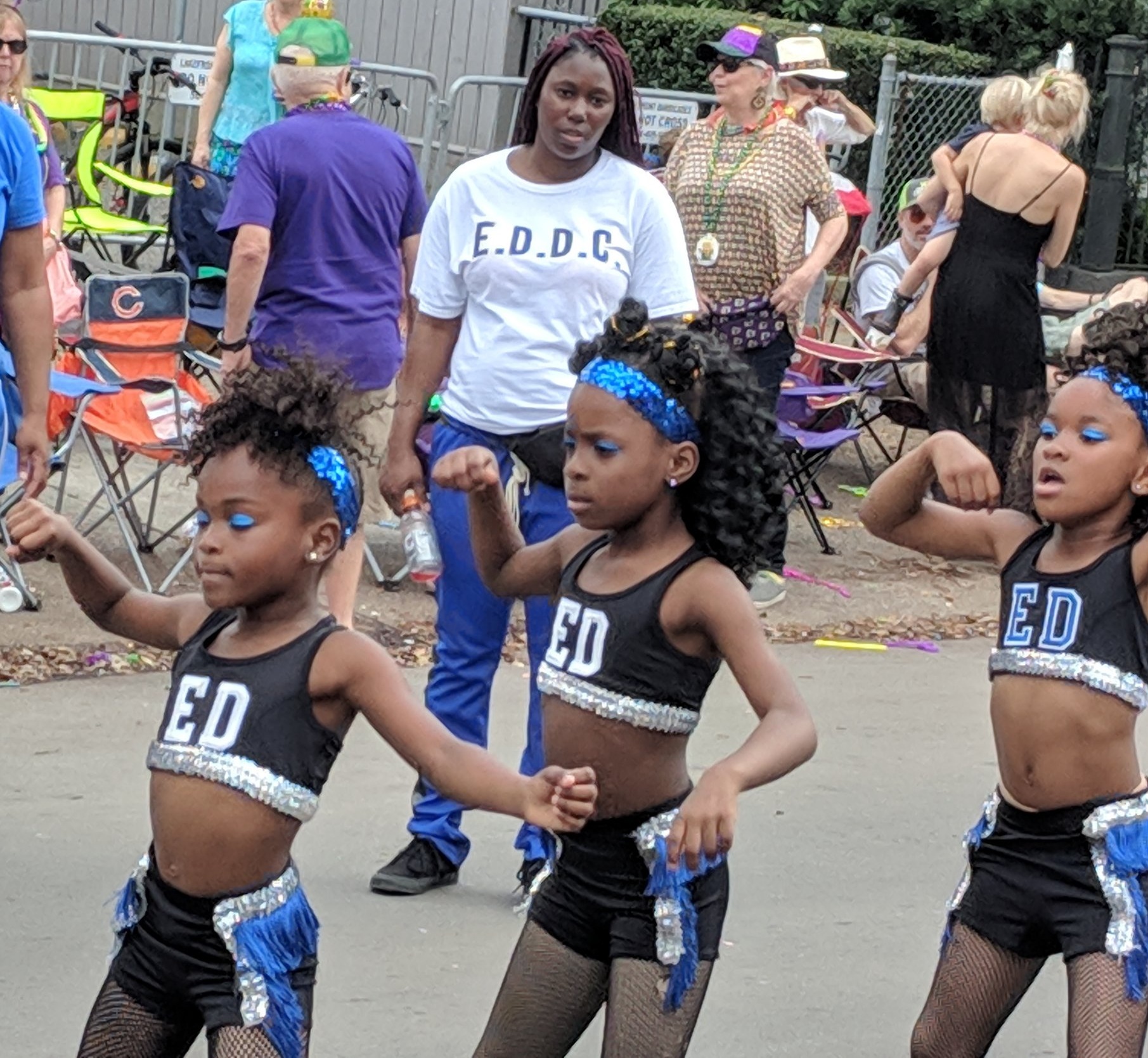There are two eerie coincidences regarding the doll that inspired the cover for Anna Hoyt but first, you’ll need a bit of context about the doll in the story.
Anna becomes obsessed with the well-dressed porcelain doll being used by a dress-maker to show off a new fashion. “Dolly” is perfectly turned out, with a beautiful gown and all her accessories, right down to her tiny shoes and stockings, mitts, and cap. Her face is flawless, demure and at the same time, unreadable, almost imperious. Anna admires this composed little form because Dolly shows none of the fear and confusion that haunt the all-too human Anna. Dolly is the ideal to which Anna aspires: cool and lovely, distant, and apparently in control of herself—and everything around her. Anna buys her for an extravagant price, to keep the doll as a touchstone and reminder of what Anna herself must be.
It’s more likely that, in real life, such a doll would have been considered a “toy” (though never to be played with) on display in a wealthy home as a novelty. I introduced Dolly in my book as a way for Anna to express to herself what she must be, if she is to survive the criminal enterprises of which she is a part.
The first eerie coincidence: I saw a doll that was the exact double of Dolly in an exhibition at a local museum, but years after I’d written the Anna Hoyt short stories, and after I wrote the novel. There are times in a writer’s life when something she’s written that later actually happens in real life, and it’s always weird—this was goose-pimple territory. The doll was almost exactly as I described, down to the 1740s date. I reached out to the owner, who graciously agreed to let me use an image of the doll for the cover, but when we tried different photos, the closeup of her face showed all the cracks and stresses of time and read more as “horror” and less “noir.” Nonetheless, the doll was the inspiration for the cover design for Anna Hoyt, gorgeously rendered by Errick Nunnally with just the right amount of sinister foreboding.
Oh, yes—the second eerie coincidence? The doll that was in the exhibit is called “Lady Anne.”



























































